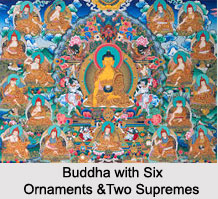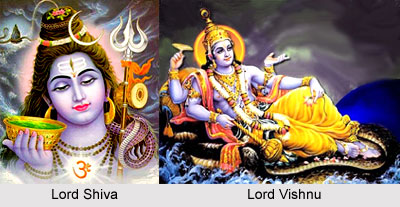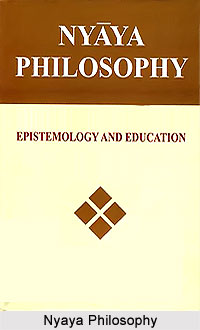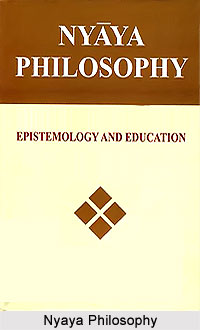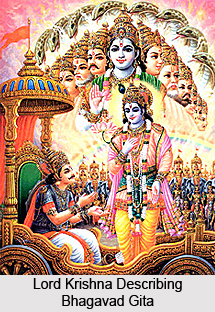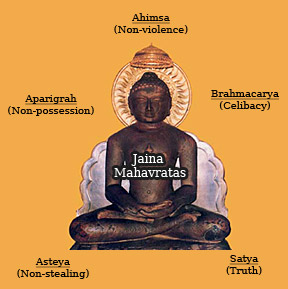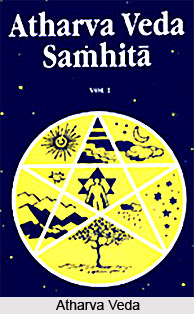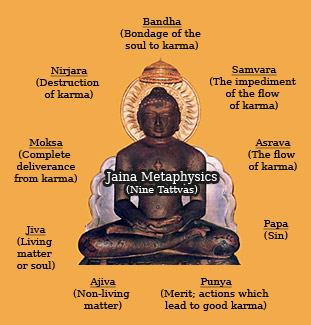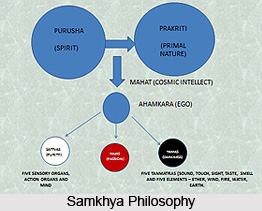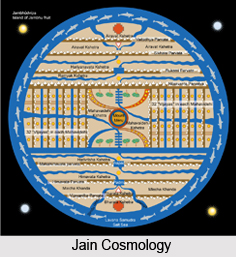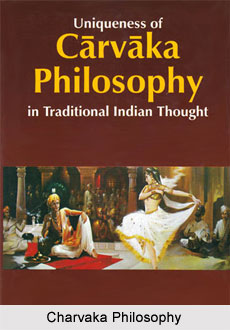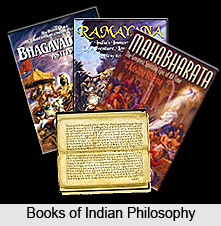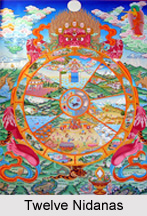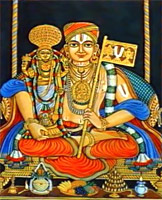Nayavada is divided into seven categories. Among the seven, four refer to objects or meanings, and three to words, and all these lead to fallacies or `abhasas` when taken as absolute and entire. The `artha nayas` (object or meaning) are categorized as follows:
Naigamanaya: The Naigamanaya is translated in two ways. The interpretation refers that it relates to the purpose or end of a course of activity which is present throughout. According to another translation of view, Naigamanaya is a state when a holistic point of view of a thing is considered with reference to its parts and as a whole, to its general and specific qualities without any consideration of any distinction between them. The considerateness of a person as a human species and an individual with his own characteristic distinctions is a reference of Naigamanaya. `Pujyapada` adopts the view that it depicts the general purpose that controls a series of acts and accentuates the teleological character of life. Another view held by Siddhasena adopts that `naigamanaya` is the comprehension of a thing as having both generic and specific qualities and is not distinguished by the human beings.
Samgrahanaya: It refers to the common features and class point of view. It refers to a class point of view, with the consideration of all overall common features of a thing that it shares with all the rest of its class and not reckoning the specific or individual features. The class is not detached with individuals.
Vyavaharanaya: Vyavaharanaya is the popular conventional point of view that is based on empirical knowledge. Things are reckoned in their entirety and their striking individualities are emphasised. It believes in the consideration of the specific or striking features of a certain thing out of the habit of the human being, without keeping in view the general characteristics it shares with the things of its class. The specific features arrest attention.
Rjusutranaya: Rjusutranaya refers to the status when the human being or the human soul considers a thing form its present standpoint without considering its previous history or roots. It considers the state of a thing at a particular point or time or state overlooking all continuity and identity. According to this belief the real is the momentary, that refers the state of a thing is what it is at the present moment. The Jains consider the theory as the presupposition of the Buddhist philosophy. This `naya` is useful to expose the hollowness of an abstract philosophy of "being". But it is useless as an ultimate account of truth.
Sabdanaya: According to the Indian Philosophy, `Sabdanaya` reveals the fact that a word can connote different meanings and the same word can be related to some particular things. This conception is based on the fact that a name has the function of calling up to the mind the particular object referred to or implied by the name. The utterance of a particular word or name brings forth a particular thought related to the name or the word. A single word or name carries its own meaning, and different words or names can denote the same object. The association between the terms and the meanings relates each other and the dismissal of these may cause fallacy.
Samdbhirudhanaya: The Samdbhirudhanaya accepts the consideration of the conventional meaning of a word dismissing its root or etymological meaning. Through it the terms are distinguished according to their roots. It is considered as an application of the `Sabdanaya`.
Evambhutanaya: Evambhutanaya considers a particular from the point of view of its root or etymological meaning of its name. This term is a connotation of a specialised form of the sixth kind. This conception reveals that dealing with a particular word which can refer to a person, depicts the different performances of that particular individual in different roles whilst the roles he is playing can be different but the individual remains the same. For an example, when a teacher is teaching he will be called a teacher. But when the same person is preaching or cuddling his daughter or taking care of his mother he will be identified as a preacher, an affectionate father and a caring son respectively. Here also the person remains the same rather his role is varying.
Each of these above depicted seven `nayas` has a larger extent than that which follows it. `Naigama` has the largest extent and `Evambhuta` has the least. Each `naya` or point of view is the constitution of one of the various ways that refers to a particular thing. Missing a single may lead to `naydbhdsa`. The Jainism belief holds the view that the `Nyaya-Vysesika`, the `Sarhkhya`, the `Advaita Vedanta`, and the Buddhist systems adopt the first four `nayas` respectively.
Significance of Nayavada
Nayavada shows the way as to how to compromise on conflicting view-points and harmonize all stand-points by appreciating the different aspects of reality.
However nayas reveal a part of the totality. According to Saint Acharya Akalanka, the reputed philosopher-author it is an approach of the knower, a fusion of different view-points thereby retaining the relative importance of every view-point.



